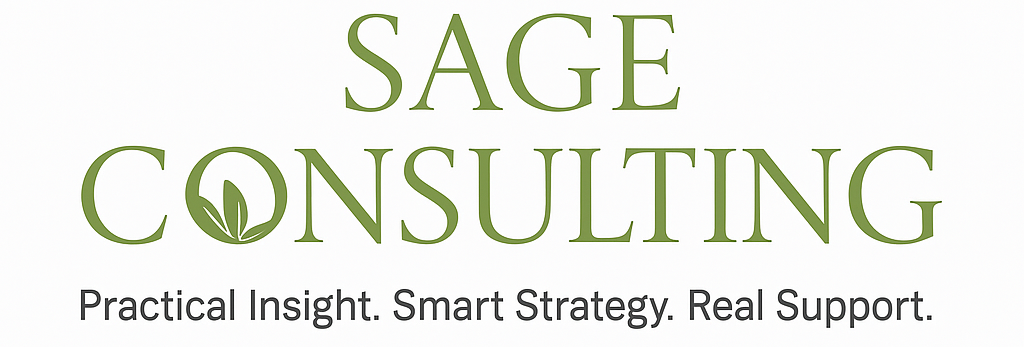Changes to the National Insurance Scheme
In this blog post, we’ll be breaking down the recent changes to the National Insurance Scheme (NIS) that took effect from January 1, 2024.
Breaking Down the Changes:
- Contribution Rate Adjustment:
The contribution rate will gradually increase from 12% to 16% between 2024 and 2031.
Starting January 1, 2024, the contribution rate will go up from 12% to 12.5%, with employers contributing 6.75% and employees contributing 5.75%.
- Changes to Insurable Earnings Ceilings:
The maximum insurable earnings ceilings will see an increase:
Weekly: $1,160.00 to $1,200.00
Monthly: $5,000.00 to $5,200.00
- Gradual Transition in Pensionable Age:
The pensionable age will transition from 60 to 65 years.
Starting January 1, 2024, individuals can opt for early retirement pension from the age of 60.
- Minimum Pension Adjustments:
Adult pensioners will see an increase from $46.40 to $58.00.
Children/orphans will witness a rise from $19.70 to $29.00.
- Contributions for Retirement Pension Eligibility:

The number of contributions required for retirement pension eligibility will gradually increase from 500 to 750.
As of January 1, 2024, the required contributions will be adjusted to 525.
As employers, owners, and managers, being informed about these National Insurance Scheme (NIS) changes is crucial for several reasons:
Financial Planning: Understanding the adjusted contribution rates allows businesses to plan and allocate resources more effectively. This is especially important for budgeting and ensuring compliance with the new rates.
Employee Relations: With changes in contribution rates and pensionable age, it’s essential to communicate these adjustments to employees. Transparent communication fosters trust and helps employees plan for their financial future.
Legal Compliance: Staying abreast of statutory changes is imperative to ensure compliance with regulations. Businesses that are aware of and adhere to the modified insurable earnings ceilings and pensionable age requirements demonstrate a commitment to legal compliance.
Cost Management: The incremental increase in contribution rates may impact the overall labor costs for employers. Being aware of these changes allows for proactive cost management strategies and adjustments to the company’s financial structure.
Employee Benefits: Employers providing pension plans or other benefits tied to the NIS may need to reassess and potentially adjust their offerings to align with the new parameters. This ensures that employee benefits remain competitive and attractive.
Strategic Workforce Planning: Understanding the evolving landscape of NIS contributions and pension eligibility helps in long-term workforce planning. Employers can anticipate changes in retirement patterns and adjust recruitment and retention strategies accordingly.
Human Resources Policies: Human resources policies, especially those related to retirement age, may need to be revised to align with the new pensionable age and eligibility criteria.
Business Reputation: Proactively addressing these changes and effectively communicating them to employees can positively impact the business’s reputation. It demonstrates a commitment to employee well-being and compliance with legal requirements.
In summary, staying informed about the NIS changes is not only a legal obligation but also a strategic business necessity. It enables employers, owners, and managers to make informed decisions, uphold legal compliance, and maintain a positive and transparent relationship with their workforce.
